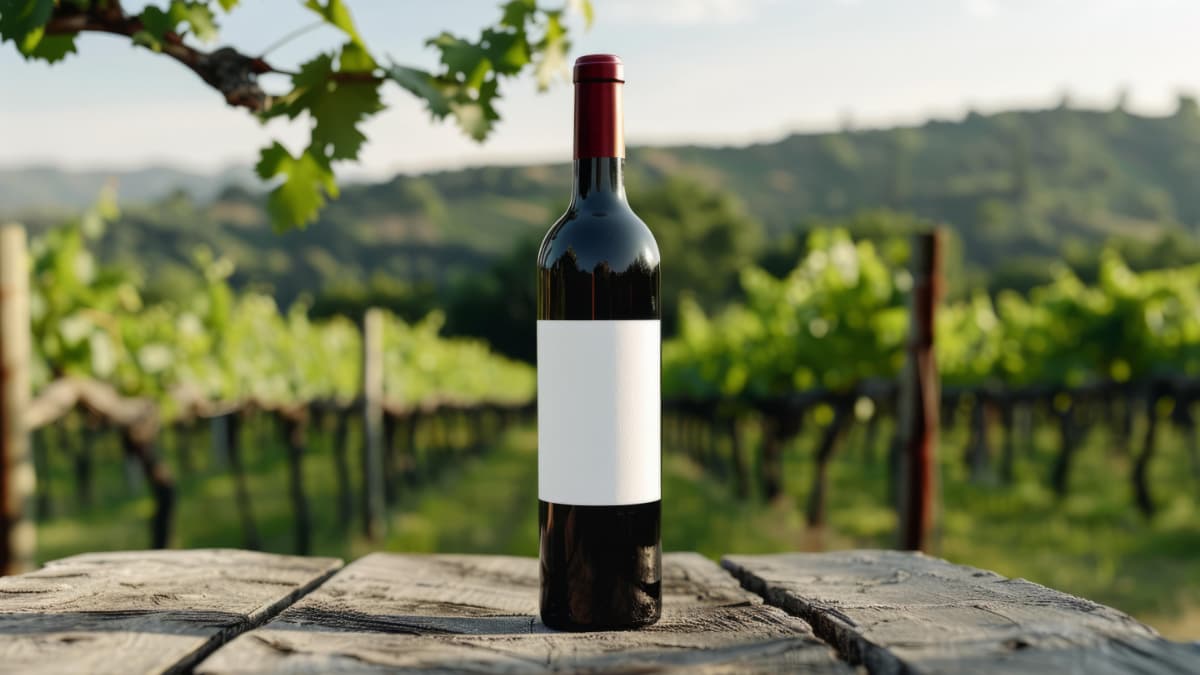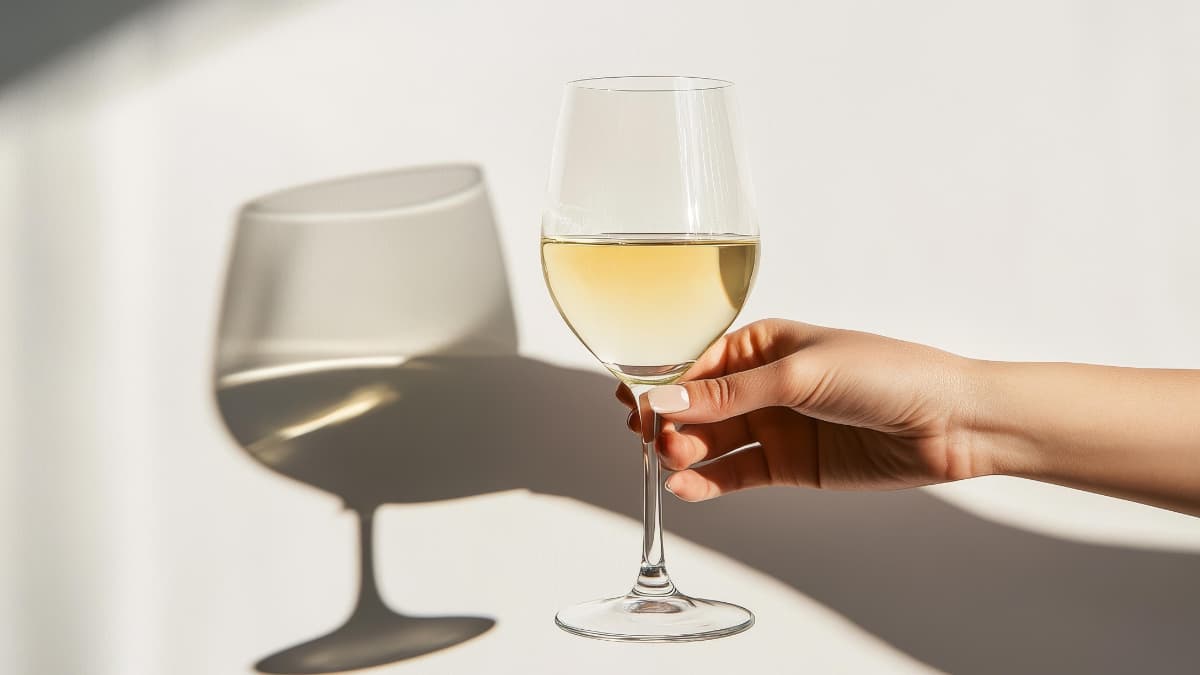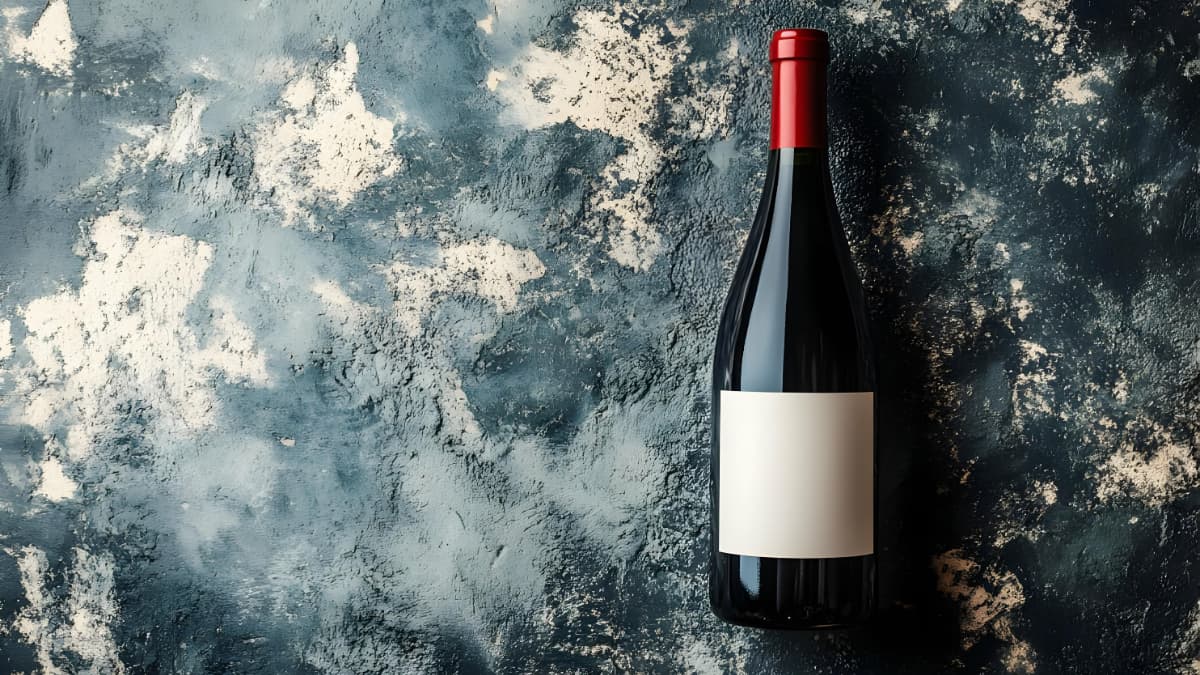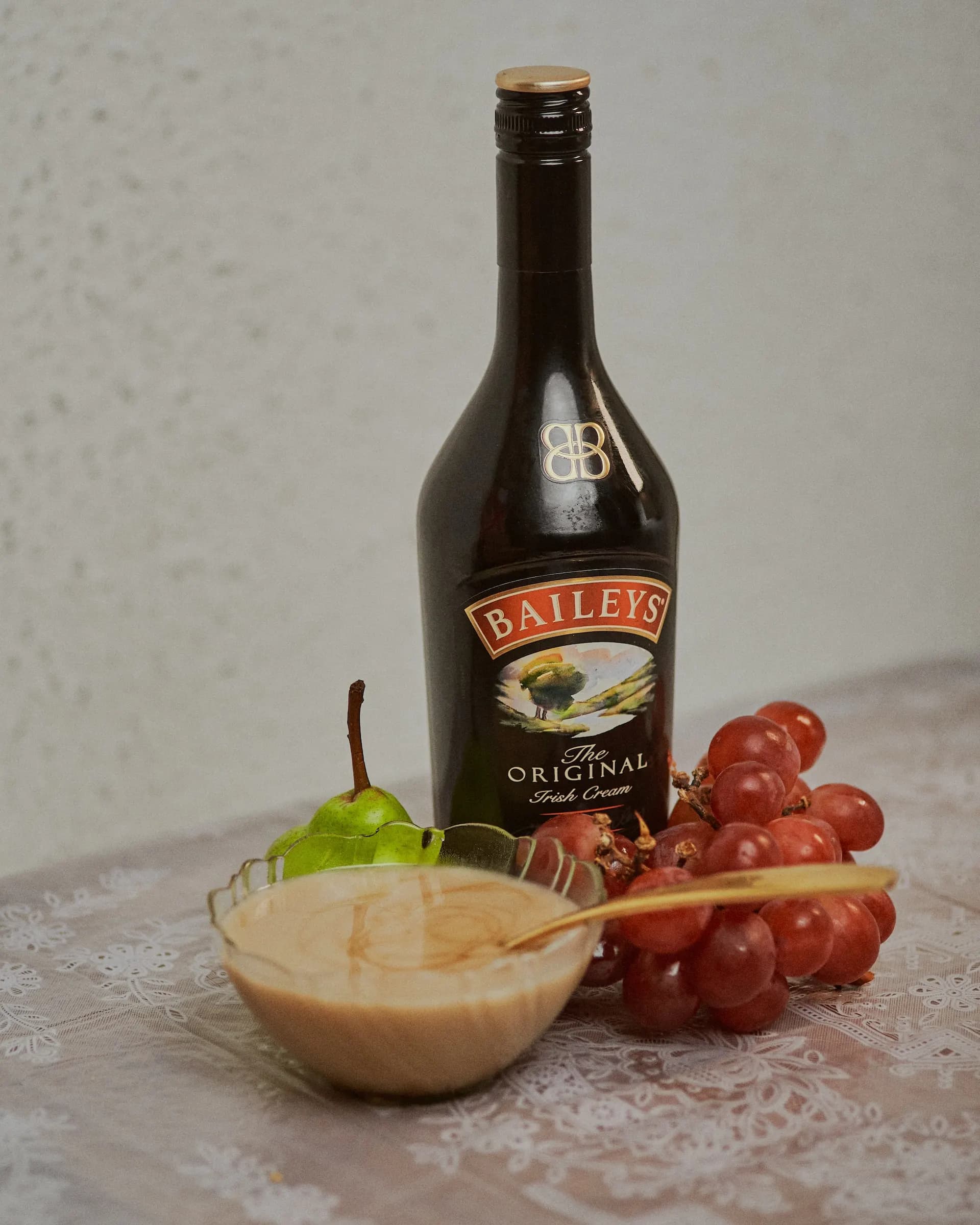Explainer: Deciphering Wine Terms And Understanding Labels
Introduction
Being an alcoholic drink usually made from fermented fruit; wine is an acquired taste for many. This sophisticated drink is greatly versatile in nature. Its varieties range from classic grape-based wines to local banana or peach wines to exotic grain-based Soju wine. However, wine also has its own set of terminology, based on a rich heritage and distinct production methods.
It might make navigating a wine list or label seem daunting. From terms like ‘terroir’ to ‘dry’ and more, understanding these factors is critical. They are the key to picking the right wine for the right dish and occasion, based on flavour profile. Labels are not the same across the world. They are different in almost every single country, with producers providing varying amounts of technical information.
They can be old-fashioned and elegant in style or modern and eclectic. Labels offer many essential details, ranging from grape variety and age of wine to bottling and brand information. Knowing these little factors can help you make an informed wine choice for every occasion.
Understanding Key Wine Terms
1. Terroir
This is one of the most important and commonly used terms in wine. Terroir refers to the combination of environmental factors that affect the growth of grapes. It also influences the wine’s final flavour. This ranges from soil composition, climate, and topography to local microorganisms. Terroir is why two wines from the same grape variety in different regions can taste different.
2. Tannic
Before we understand what ‘tannic’ means, it is imperative to decipher the meaning of tannins. Tannis refer to the texture of the wine and the way it feels in the mouth. For example, the seeds, skin and pulp of red wine are mashed up during production, giving it colour and tannins. When wines are aged in oak barrels, the latter also give the concoction tannins. However, a wine that is too ‘tannic’ has lots of these compounds and might feel a bit caustic and bitter. Some examples of wines made from very tannic grape varieties are Cabernet Sauvignon, Malbec, Nebbiolo and Syrah.

3. Body
The ‘body’ of a wine usually describes its weight and fullness in the mouth. It is usually the result of alcohol content, grape variety and the winemaking process. Wines are commonly classified as light-bodied, medium-bodied or full-bodied. Light-bodied wines, like Pinot Grigio, feel light and crisp on the palate, while full-bodied wines, such as Cabernet Sauvignon, feel more well-rounded on the tongue.
4. Acidity
The acidity of a wine means the tartness or crispness of the drink. It gives drinks a bright taste profile and touch of dryness. Acidity is mainly important in balancing sweetness and tartness, while helping wines age well. Wines with acidity, like Sauvignon Blanc, tend to be vibrant and zesty. While lower acidity wines can taste smoother and rounder.
Deciphering The Wine Label
Wine Region
The wine region of a wine tells the area where the grapes were grown. This can tell you a lot about the wine’s flavour profile. For example, a wine from Bordeaux, France, will have distinct characteristics from one in Napa Valley, California, due to differences in terroir. Some regions are so renowned that their name is interchangeably used to denote the wine style. Like Burgundy, the area is famous for Pinot Noir and Chardonnay wines.

Producer and Winery
Many wine labels feature the name of the producer or winery. Reputed wineries often have a history of crafting quality wines. As a result, their label can be a branded indicator of the wine’s final taste and quality. If you enjoy wines from a local winery, you can explore other wines from the same producer to identify differences in taste, terroir and variety.
Sweetness And Dryness
Wines can range from dry to very sweet. Here, ‘dry’ indicates that little to no residual sugar is left in the wine after fermentation. This means that sweet wines contain more sugar than dry ones. Many wine labels won’t explicitly say dry or sweet, but you can often tell by the grape varietal (the specific type of grapes used for wine-making) and the region. For instance, a Riesling wine from Germany may be sweet, while a Chardonnay is usually dry. If sweetness is a preference, you can look for terms like ‘brut’ (for sparkling wines) or ‘sec’ (a slightly dry style of Champagne).

Age and Maturation Information
Some wines, especially premium red and premium white wines, are aged in oak barrels. They often infuse additional flavours like vanilla and spices or add a slightly smoky finish. If a wine is labeled as oak-aged or barrel-fermented, it means the wine might offer such flavour profiles. Some labels may also offer information on the age of the wine or when it was bottled to give a sense of its maturity. All these little factors can help and guide you into choosing suitable wines for cocktail parties and wine tasting events.
Drink Responsibly. This communication is for audiences above the age of 25.




